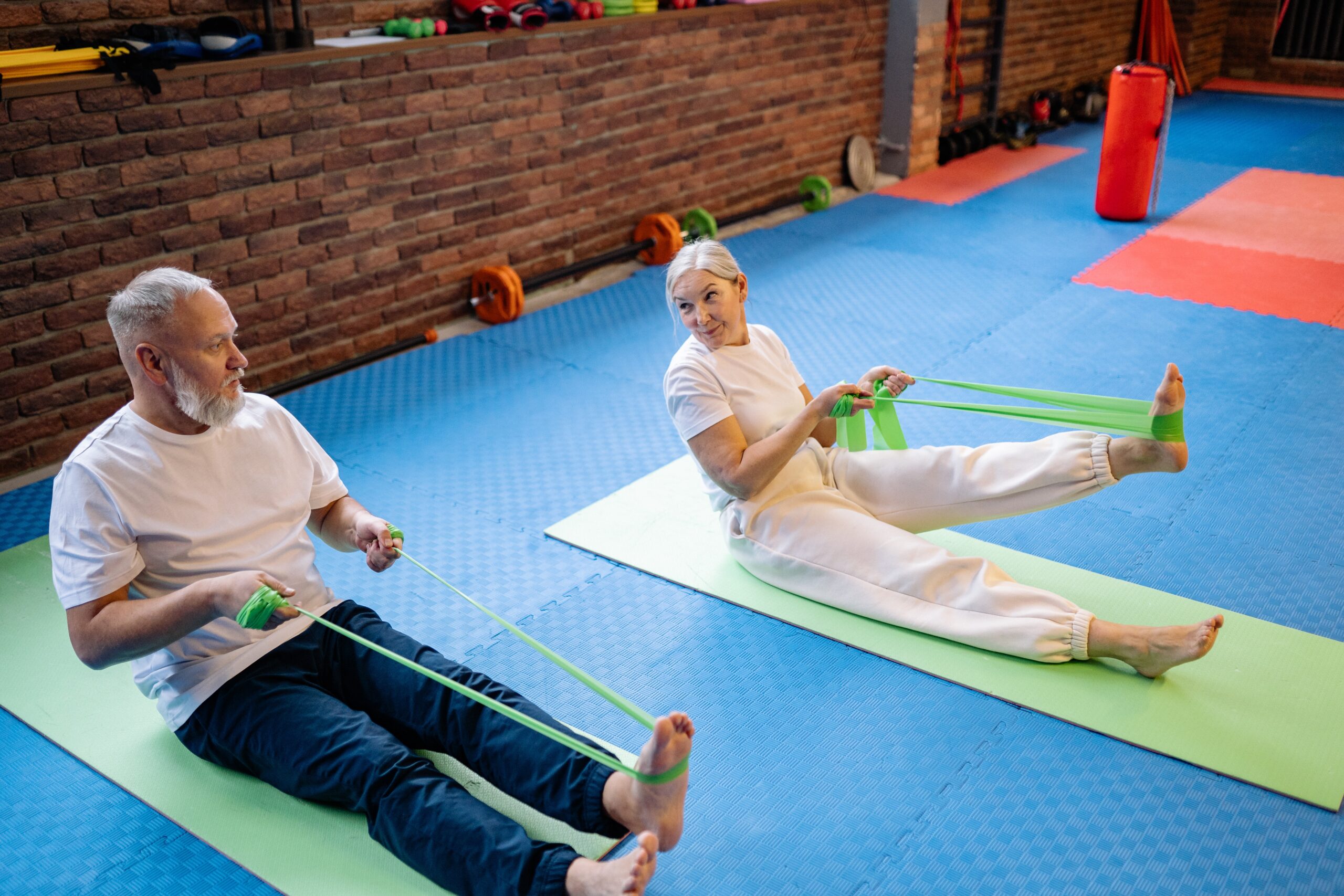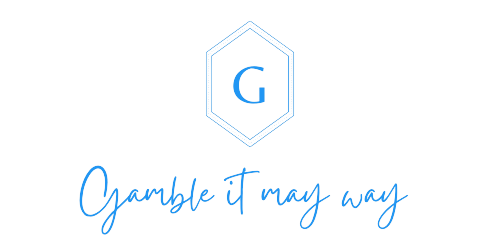
Table of Contents
TogglePAINFUL ILLIOTIB BAND SYNDROME
If you’ve been given a nagging ache in the outer part of your knee, in particular, if you’re a runner, it can be a symptom of the iliotibial band (IT band) syndrome. It’s harmful frequently resulting from sports in which you bend your knee repeatedly, like running, cycling, hiking, and on foot lengthy distances.
Many humans assume the ITB is a muscle! All tendons connect to muscular tissues and shape myofascial bundles that work together. So, it’s not unreasonable to assume it’s sort of like a muscle. However, there are multiple very vital differences:
Tendons are inelastic, which means that tendons can’t be stretched without being torn, or structurally compromised. The IT Band Syndrome refers to a chronic (lengthy-lasting) sensation of ache felt alongside the outside of the thigh. Unfortunately, the ITB is a common situation that we frequently see in our clients, in particular in energetic individuals who want to hike, run, bike, play tennis, basketball, and different sports.
Pain within the ITB may have numerous causes. The most standard reason is overloading the hip muscular tissues with “Too Much Too Soon” interest which includes a longer-than-regular run or hike, a prolonged vehicle trip or plane travel, or a new activity that your muscular tissues are simply not used to. The reaction is tension within the hip muscular tissues, ensuing in a deep tightness within the IT band, and a painful, sharp or dull, sensation on the outside of the knee.
HOW DOES THERAGUN IT BAND MASSAGE HELP?
However generally not because the Theragun IT band itself desires to be massaged. Massage the IT band might be contraindicated all through an acute episode of ache. However, massage will assist launch the hip muscle tissues, thereby growing comfort within the ITB itself!
Fortunately, the sample of the ITB ache could be very similar in most cases. Usually, we get a call from a customer that goes something like this: “I even have this ache down my Theragun IT band It’s been happening for weeks. I am dissatisfied due to the fact I even have a race (or a ride) coming up next weekend, and I was hoping it might be resolved by now.”
“How lengthy has it been?” We ask. “Oh, it’s been three or four weeks already.” (Sometimes longer) “What have you done to solve it?”
“I am stretching it each day. Foam-rolling religiously. I don’t exercise as much.” (that is an ordinary response) “Alright, you may prevent stretching it,” I generally say. “And you should not foam-roll an inflamed tendon either.”
“For one, you can’t stretch the IT band,” I explain. “It’s a tendon, consequently it’s inelastic. So stretching it, you’re most effective tearing at it and possibly inflicting extra damage.” “What do I have to do?” “Let’s book a massage appointment. We’ll work on the encompassing tissues and any tight muscle tissues that are probably the cause of it. And we can communicate about a plan for quicker healing so that you can still run your race.”
I even have had this communique with masses of clients. The pattern of ache and tension tends to be very comparable, in addition to the cause of the ITB ache. To explain the purpose, we can’t communicate about the ITB without bringing up a pivotal muscle in the fitness of the hip and knee joints: the Gluteus Medius.
CHAIN REACTION TO ILLIOTIC BAND SYNDROME
A susceptible and brief Glute Medius will sooner or later cause the following:
Instability withinside the hip and pelvis;
TFL is recruited to assist with inside the stability, but TFL is speedy overloaded and is going right into a spasm, and Ilio-Tibial Band (TFL’s tendon) is pulled and pulled without relief.
HOW TO BREAK THIS CHAIN?
1. By strengthening the heck out of the Gluteus Medius.
2. Once the Gluteus Medius is strong, it’ll prevent fatiguing in the course of a workout.
3. It will even prevent recruiting the TFL, and the ache within the ITB will depart on its own.
4. This recovery healing needs to most effectively take 5-7 days of appearing each day workout that isolates the Gluteus Medius: Side-Lying Leg Lifts.
5. Ideally, carry out the leg lifts as a minimum as soon as a day: 2 sets of 20 repetitions on every leg. Work up to two sets of 30 reps.
TIPS TO USE A MASSAGE GUN FOR KNEE PAIN
If you are experiencing a theragun knee pain then a massage gun can help. A massage gun makes use of percussive pressure to simulate a deep tissue massage, that is precisely what your tight quadriceps are asking for right now. This sort of pressure brings several blessings for your muscle mass and joints.
Using a massage gun, back of knee massage enables enhanced blood flow promotes tissue healing, inspires higher muscle recovery, and consequently relieves ache. That being said, a massage gun isn’t always a silver bullet for curing arthritis, solving a broken meniscus, or substituting a wholesome lifestyle of ordinary stretching and exercise. But in case your knee pain is because of strained muscle agencies or postural imbalances, a rub-down gun for the back of knee massage will loosen up the muscles and relieve strained tissues, lowering your knee ache. Read below to know how to use a massage gun on your knee.
Also Read: INTERMEDIATE GOODS: DEFINITION AND EXAMPLES
HOW TO USE A MASSAGE GUN ON KNEE
Because a massage gun works nice on muscles – not painful joints – you’ll get the proper effects by focusing on muscle groups that surround the knee. Don’t simply set your massage gun to the highest setting, the purpose for the kneecap, and pull the trigger. This is how you should use a Theragun it band massage gun for knee pain.
